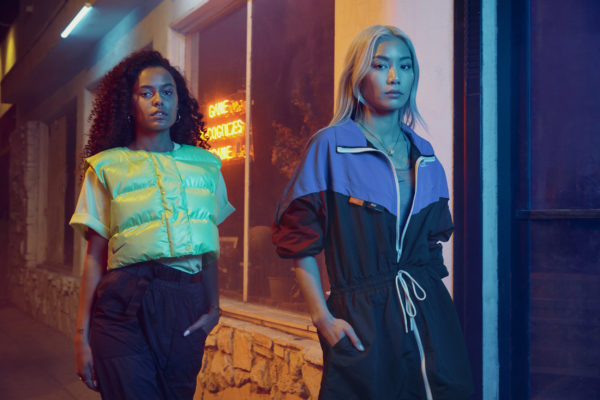

Tracking the Influencer Evolution 2020
We wanted to share with you a few quick learnings from our Influencer Evolution 2020 report – and one of the first is that you have to differentiate between influencers and influence. That’s because there’s a great deal of narrative happening around ‘the end of influencers’, but in fact influence isn’t going anywhere. We remain inherently social creatures and so aspiration is always going to play a certain role in our life.
The Aspirational Economy
To trace the trajectory, we looked back at 2010 to understand how the influencer economy has transformed. Then we were living in a landscape where celebrity culture reigned supreme, and it was defined by aspiration – always about looking up. Around the same time, we experienced the growth in popularity of visual platforms like Instagram, Pinterest, Tumblr, which started circulating a few years prior, and all of a sudden we were living in a very visually-heavy world.
Now pair that with the mass adoption of the smartphone, where everyone had a portable camera in their pocket and access to sharing visual images all the time. So by 2015 influencer culture truly started to thrive, and actually built itself into an enormous economy where it was monetised left, right and centre.
The Inspirational Phase
What was interesting about the shift between 2015 and 2020 was that it wasn’t so much framed by technological revolutions, but rather consumer mindset shifts. So between 2010 and 2015, five years’ access and exposure to all of these image-led digital platforms resulted in a form of visual fatigue, which in turn resulted in different consumerships.
Nike
We discuss them at length in the Influencer Evolution 2020 report, but some of them are about the rise in realism, ‘authenticity overload’, and obviously ‘cancel culture’ has been a really huge one. In the report we also explore the negative flipside of digital connectivity; the loneliness recession, the increase in awareness around mental health ramifications and the new rhetoric around social media detoxes.
The Information Age
These influencer developments over the past 10 years have taken us from aspiration to inspiration and now in 2020, it’s all about information. This is partly because in many regions we’re experiencing an epistemic crisis and living in a ‘post-truth’ society, where it’s very hard to discern between fact and fiction. Living in our own filter bubbles with algorithms that feed us our own biased preferences, we end up in a situation where all of a sudden we don’t know who to trust. So influence today in 2020 is very peer-driven and horizontal, rather than aspirational and hierarchical.
This new era, framed by information, is one in which we’re searching for facts. And these can come from a TikTok creator who wants to teach you about language or psychology, or scientists and experts from the World Health Organization sharing their knowledge. We can see a new glamorisation of education – we think that is a really important currency.
There’s much more in the report, so if you’re a WGSN subscriber, please check it out. Otherwise, stay tuned for our next editor update.
The post Tracking the Influencer Evolution 2020 appeared first on WGSN Insider.
